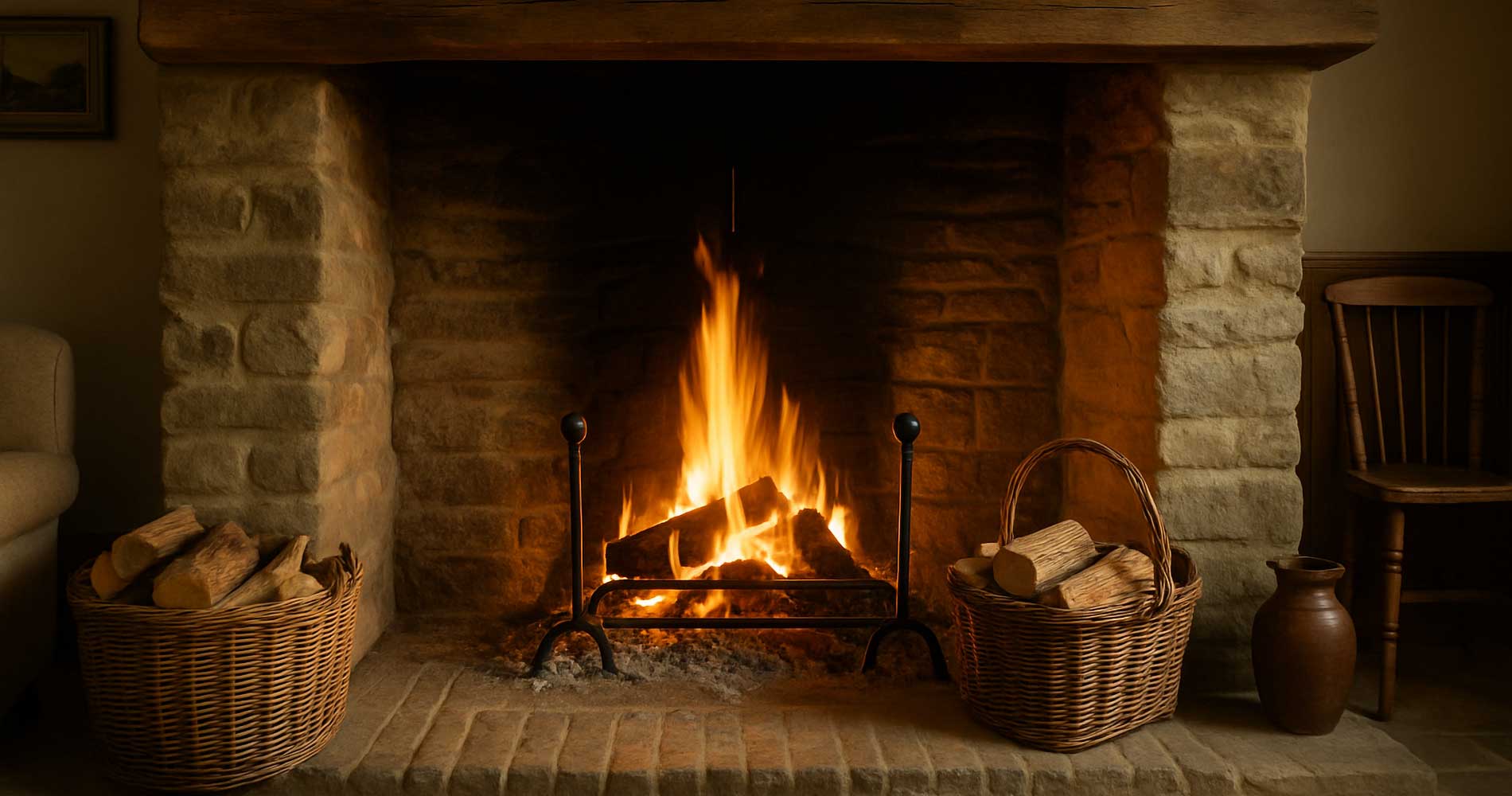So You’ve Booked a Fireplace Inspection—Now What?
Right then. You’ve finally done it. You've booked a fireplace inspection. Maybe it’s your first time, maybe it's long overdue. Either way, you're not entirely sure what happens next—and you’re quietly wondering if someone’s about to shame you for the ash pile in the grate.
Don’t worry. A fireplace inspection isn’t there to catch you out. It’s there to keep your home safe, your fires burning efficiently, and your peace of mind firmly intact. It can also prevent bigger (and more expensive) problems down the line.
So here’s the lowdown. No nonsense. Just what you can expect, what they'll be looking for, and a few things you can do to make it smoother for everyone involved.
Why You Need an Inspection in the First Place
It’s easy to think of the fireplace as just part of the furniture. But it’s also a live flame in your living room. That means soot, smoke, creosote, heat, airflow, and combustion.
- Prevent chimney fires: A build-up of creosote (that black, sticky residue) is a major fire risk.
- Keep carbon monoxide at bay: Blocked or damaged flues can allow this odourless gas into your home.
- Spot structural issues: Cracks, leaks, and flue misalignments can develop silently over time.
- Boost efficiency: A clean, well-maintained fireplace heats better, with less fuel waste.
Even if your fireplace “looks fine”, the chimney and internal components often tell a different story. That’s where the pros come in.
The Three Levels of Inspection (Yes, There Are Levels)
Fireplace inspections usually fall into three levels. Which one you need depends on your situation.
- Level 1: The most common. A basic visual inspection for regularly used fireplaces with no known issues. The technician checks all accessible parts of the fireplace and flue, inside and out.
- Level 2: A bit more involved. Recommended if you’ve had changes to your system, a recent house sale, or an issue like a chimney fire. This includes a scan of the flue (usually with a camera) to check for internal damage or blockages.
- Level 3: Rare, but serious. If the first two levels reveal something worrying—like major structural damage—this level might involve removing parts of the wall or chimney for a closer look.
For most households, a yearly Level 1 inspection is all that’s needed. But it's good to know the levels—especially if you're moving into a new place or haven’t used the fireplace in years.

What the Inspector Will Actually Do
Expect someone to arrive with tools, torches, and a very specific appreciation for soot. Here’s what they’re likely to check:
- The firebox: This is the main chamber where the fire burns. They’ll look for cracks, gaps, or any damage that could allow smoke or heat to escape improperly.
- The damper: This metal flap controls airflow. If it’s stuck, rusted, or misaligned, that’s a problem.
- The flue and liner: If your chimney has a lining (most do), they’ll check for wear, blockages, or damage—often using a small camera for a clear view.
- The chimney exterior: Crumbling bricks, missing caps, cracked crowns—none of it should be ignored.
- Clearances: Making sure combustibles (like wood framing or insulation) aren’t too close to heat sources.
It sounds like a lot, but a thorough inspector moves quickly and methodically. You'll probably get a detailed report at the end—with photos if they used a camera.
How to Prepare Before They Arrive
You don’t need to deep-clean your house or put out biscuits (unless you want to), but a few simple things make the visit smoother:
- Clear the area around the fireplace—move furniture, décor, or logs out of the way
- Don’t light a fire for at least 24 hours before the inspection
- Let them know about any odd smells, smoke behaviour, or noises—yes, noises
- If it's your first time, have any installation or service records handy if available
And if you have pets? Best to keep them out of the room. Vacuum cleaners and soot tend to stir up more than just dust.
What Happens After the Inspection?
Once the inspector’s done poking around (usually an hour or less for a basic check), they’ll give you a report. Don’t panic if it includes recommendations—it doesn’t mean your fireplace is on the brink of exploding.
Common post-inspection suggestions include:
- A standard clean to remove excess soot or creosote
- Fixing a cracked flue tile or damper plate
- Replacing a missing chimney cap (protects from rain and birds!)
- Upgrading to a more efficient insert or stove if your fireplace is very outdated
It’s all about making your system safer and more efficient. Even small changes can make a big difference in how your fireplace performs.
How Often Should You Book an Inspection?
The general recommendation? Once a year, ideally before the cold season begins. If you're using your fireplace regularly—even just on weekends—it’s worth checking in annually.
You should also book an inspection:
- After a chimney fire or suspicious smoke incident
- When buying a new home (even if the seller says “it’s fine”)
- If you notice more smoke indoors than usual
- When you’re switching fuel type or installing a new appliance
Think of it like a boiler service. You hope it’s routine—but if it’s not, you’ll be very glad you caught it early.
Final Thoughts: A Little Check for a Lot of Peace of Mind
A fireplace inspection might not sound thrilling. But knowing your fireplace is safe, working properly, and ready to warm your home? That’s worth its weight in soot-free gold.
Whether it’s a crackling wood stove or a sleek gas insert, a good inspection keeps the warmth flowing and the worries at bay.
So go on. Book it in. Clear the space. Make a cup of tea while someone else does the dirty work—and walk away with the quiet confidence that your hearth’s in proper working order.
